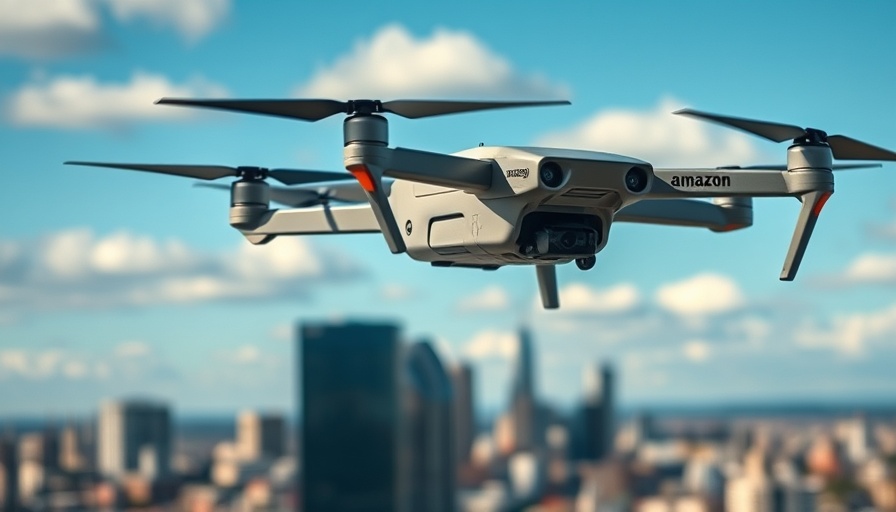
Amazon's Ambitious Drone Delivery Plans on Hold
Amazon, a leader in e-commerce innovation, finds itself at a crossroads with its drone delivery program, Prime Air. Following two separate incidents involving crashes at a testing facility in Pendleton, Oregon, the company has paused its drone delivery operations in the U.S. This halt in service is a significant setback for Amazon’s target to dispatch around 500 million packages annually via drones by 2030.
The Crashes: What Went Wrong?
According to reports, the two crashes occurred under rainy conditions in December. This followed an earlier mishap in September, where drone operators inadvertently launched two drones simultaneously during a test of propeller failure responses, leading to mid-air collisions. These incidents underscore the challenges Amazon faces as it strives to safely integrate drones into its delivery network.
The Broader Implications for Drone Technology
As Amazon pauses its drone operations in states like Texas and Arizona, it raises questions about the broader implications for the drone delivery industry as a whole. With the recent advancements in drone technology, including AI integration and improved navigation systems, other companies may seize this opportunity to refine their own operations or enter the market.
Challenges Ahead for Amazon's Prime Air
Amazon's Prime Air program has been beleaguered with difficulties, including the departure of key executives and a previous pause in operations in California last year. The company is currently focusing on software updates and improving safety protocols to address these setbacks. The performance of these updates will significantly influence the future of drone deliveries and could either reassure stakeholders or signal deeper problems within the program.
Insights from the Drone Delivery Landscape
The drone delivery market is rapidly evolving, with companies like UPS and Wing (a subsidiary of Alphabet) also competing in this arena. While Amazon has laid down ambitious plans, the frequent hindrances raise doubts about its ability to lead the sector. As customer expectations evolve and competition intensifies, the success of any drone delivery program will depend not only on technological advancement but also on regulatory compliance and public trust.
What’s Next for Amazon and Drone Deliveries?
A future in drone delivery hinges on resolving existing issues and expanding testing in controlled environments. Regulatory frameworks must also adapt to accommodate this rapidly advancing technology. Amazon's strategy to broaden its drone delivery trials internationally suggests an aim to maintain its edge in logistics innovation.
Conclusion: The Path Forward
As Amazon navigates these challenges, the future of drone deliveries remains uncertain. However, one thing is clear: the race isn't over. With technology evolving and consumer demand for faster delivery persisting, the company must pivot and innovate to realize its vision of a fully operational drone service.
 Add Row
Add Row  Add
Add 




Write A Comment